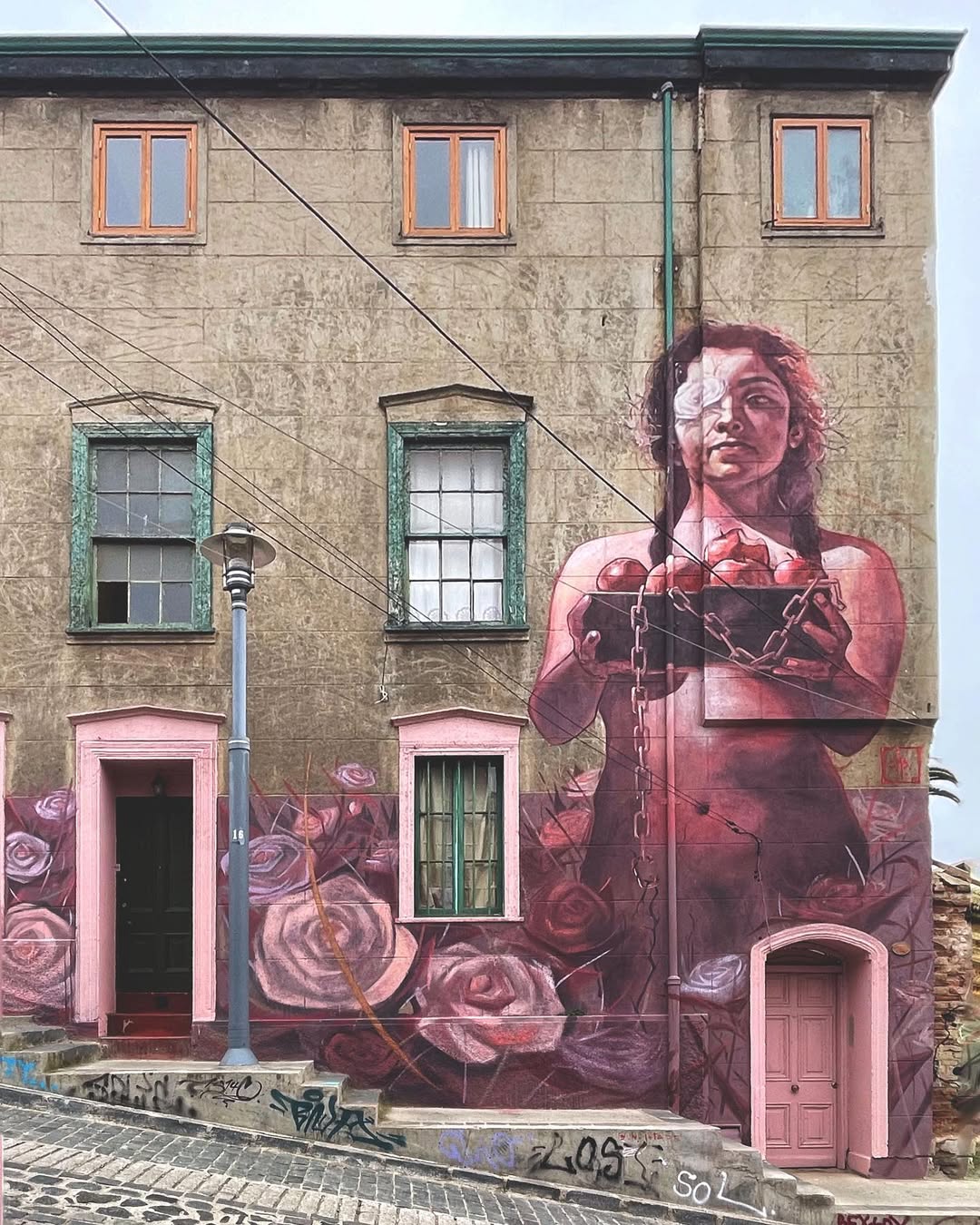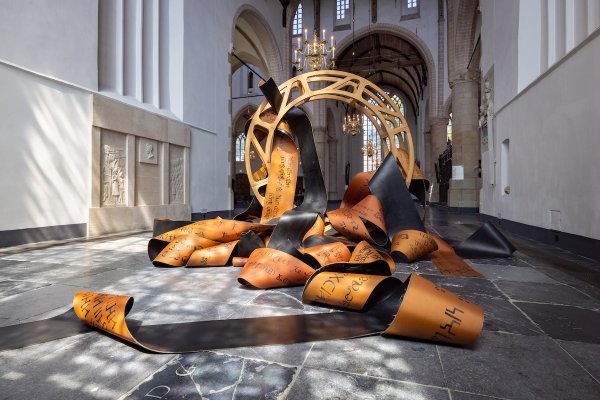.jpeg)
The Human Measure
What are mere mortals, that you care for them? Psalm 8:4
How great is God? How big is the universe? Those are questions that many of us asked when we were children. And even now as adults we try to form a picture of God’s being and character. And how God, with his immeasurability and the greatness of his creation, relates to us as human beings. There are various biblical references to measure and scale concerning God and humans. Such as: So God created man in his own image ... male and female he created them” (Genesis 1:27). I always find this a mystery. Also: “When I consider your heavens, the work of your fingers, the moon and the stars, which you have set in place, what is man that you are mindful of him…?” (Psalm 8:3-4a). The words of Jesus also speak to our imagination about the relationship between God and mankind: “and even the very hairs of your head are all numbered” (Matthew 10:30). Our amazement about God’s ‘measurement’ and his relationship to us little people is easy to understand.
All this came to mind when I became engrossed in the artwork Measuring the Universe by the Slovak artist Roman Ondák. His art is based on the popular custom of measuring the growth of children by putting lines on a doorpost. Ondák wanted to measure humanity, as it were, and designed a work of art that was both simple and sophisticated and fascinating. At the same time it is a kind of performance and interactive installation.
The work begins with an empty space. Next the employees of the museum measure the visitors and write the height of their stature, the date of the measurement and the first name of the visitor on the wall. The work of art grows as more and more visitors stop by. It is very obvious what the average height is: after thousands of measurements a black band slowly appears. Below it and above we see the markings of shorter and taller people. Roman Ondák says, “It starts with the first measurement and ends when the last visitor has been measured. It looks like a clock indicating hours and minutes: every moment is important.” When the exhibition is over, the walls are painted over again. Measuring the Universe is a temporary work of art, dynamic, growing and living.
.jpeg)
This work fits in with Ondák’s projects where he wants to blur the boundaries between art and daily life. He uses ‘everyday moments within the context of contemporary art.’ An important component is the participation of visitors: the connection with the work is furthered by their involvement. Another hallmark of a project like this is the reproducibility: not a single version will be the same. Ondák considers the ‘malleability of the formula’ interesting. On this subject he says: “This is the kind of art that, as far as appearance is concerned, has a certain fluidity.” The work has additional characteristics: sometimes it is called a kind of ‘data visualisation’ and ‘a living info-graphic.’ Other descriptions are: “A continuously evolving wall drawing that is both a public performance as well as a collective document,” and “a cross between a site-specific installation and an event that is accessible to everyone.”
A very beautiful description of the work dovetails with the amazement about human beings in the immeasurable universe: “Through the participation of over 90,000 visitors measuring themselves and marking it on the walls, spectators get a visual sense of the space each of us takes up in this vast universe. It’s a reflection of physical occupied space as well as interconnectivity. Each person serves as a star in a network of celestial bodies or constellations. It’s also interesting the way this project has organically evolved into a sparse series of black marks on white walls that resemble a galaxy whose monochromatic scheme has been reversed.” (Tate St. Ives)
.jpeg)
And so we return to the first ideas. Questions arise in my mind almost as a matter of course upon the encounter with this artwork: how big is the universe, how great is God? And what is my position? For me, God is inextricably connected with the greatness and incomprehensibility of the universe, his own creation but also with the human measurement. And how clearly has he shown this by literally taking on the human measure in his Son Jesus Christ? And how human and at the same time how divine is his relationship with humans, with each person’s own ‘colour,’ which emerges like a budding flower out of the dry statistics? Living people are hidden behind the statistics and God is standing among them.
**********
Roman Ondák: Measuring the Universe, starting from 2007 at various locations having different measurements, depending on the size of the available space and the number of participants. The work was installed, i.a. in the collection of the Tate Modern in London, the Pinakothek der Moderne in Munich and MoMa in New York. In 2010/11 it was exhibited in the Stedelijk Museum in Amsterdam. Pictures: photo 1: en.wikipedia.org, photo 2: mymodernmet.com, photo 3: moma.org.
Sources: various online sources such as www.moma.org, www.tate.co.uk, www.artechlabamsterdam.nl, www.mymodernnet.com, www.flash---art.com.
Roman Ondák (1966) is a Slovak conceptual artist. He studied at the Academy for Fine Arts and Design in Bratislava. His art has been exhibited in some of the most prestigious international museums and to date four times at the Biennale of Venice. Roman Ondák plays with various conceptual ideas, which move and sharpen the attention of the viewer to daily life. Growing up under the communist regime of former Czechoslovakia, the artist became aware of systems of inclusion and exclusion in this specific community. In his work Ondák puts question marks at the failure of communist structures and investigates the potential for different orders – new patterns of behaviour and ultimately alternative social and political possibilities. His art is often subtle and infiltrates, in a fantasy-rich and calm manner, the environment of the viewer, which in turn produces a new way of contemplating reality. With an almost anthropological approach and his keen sense of artistic humour, he combines aspects of everyday life and opens up space to challenge the rules of the everyday via his poetic changes. Ondák’s work is not only curious about the rituals and assumptions governing our life; he playfully questions both the artistic system as well as society in general and stimulates us to wider awareness.
Grady van den Bosch has a Master of Education in Arts degree and has her own business, Studio Grady Art & Arteducation. She works as an art and music educator and artist. She is active in various Dutch national work groups concerned with art in the church. In addition, she spent years involved in the work group ‘Art in the Church’ in her own congregation, some of those as co-ordinator. www.gradyvandenbosch.nl
ArtWay Visual Meditation 19 January 2020
%20(1).png)












